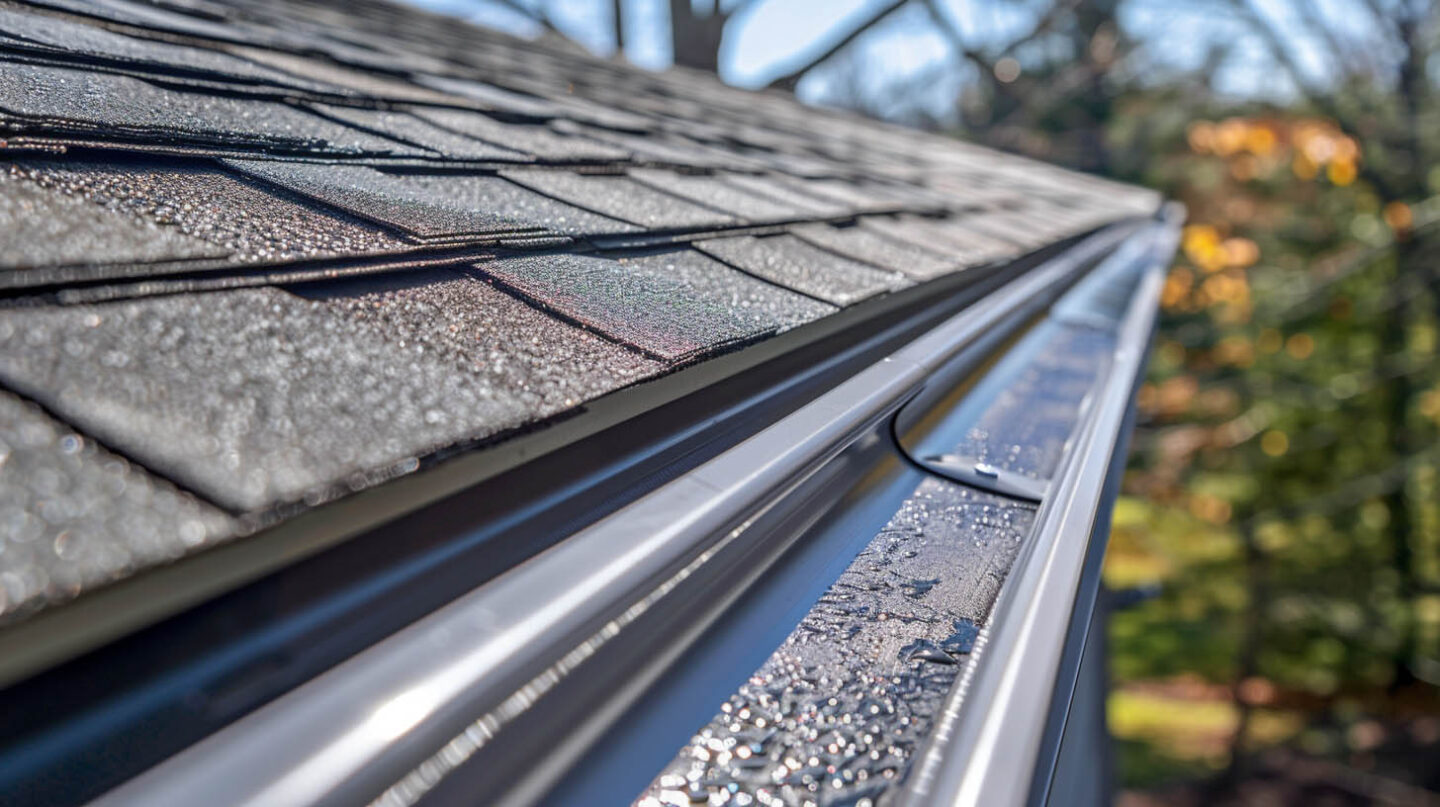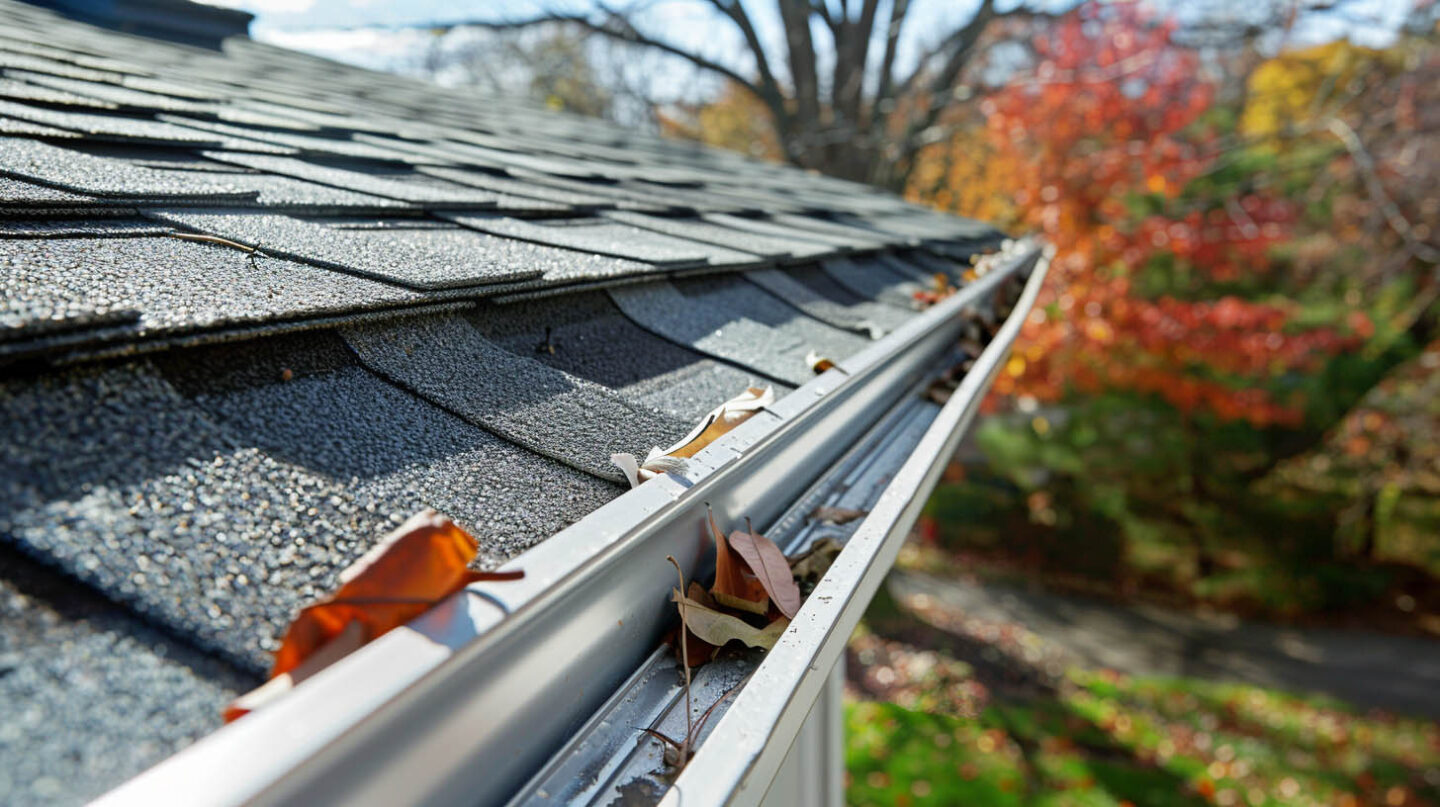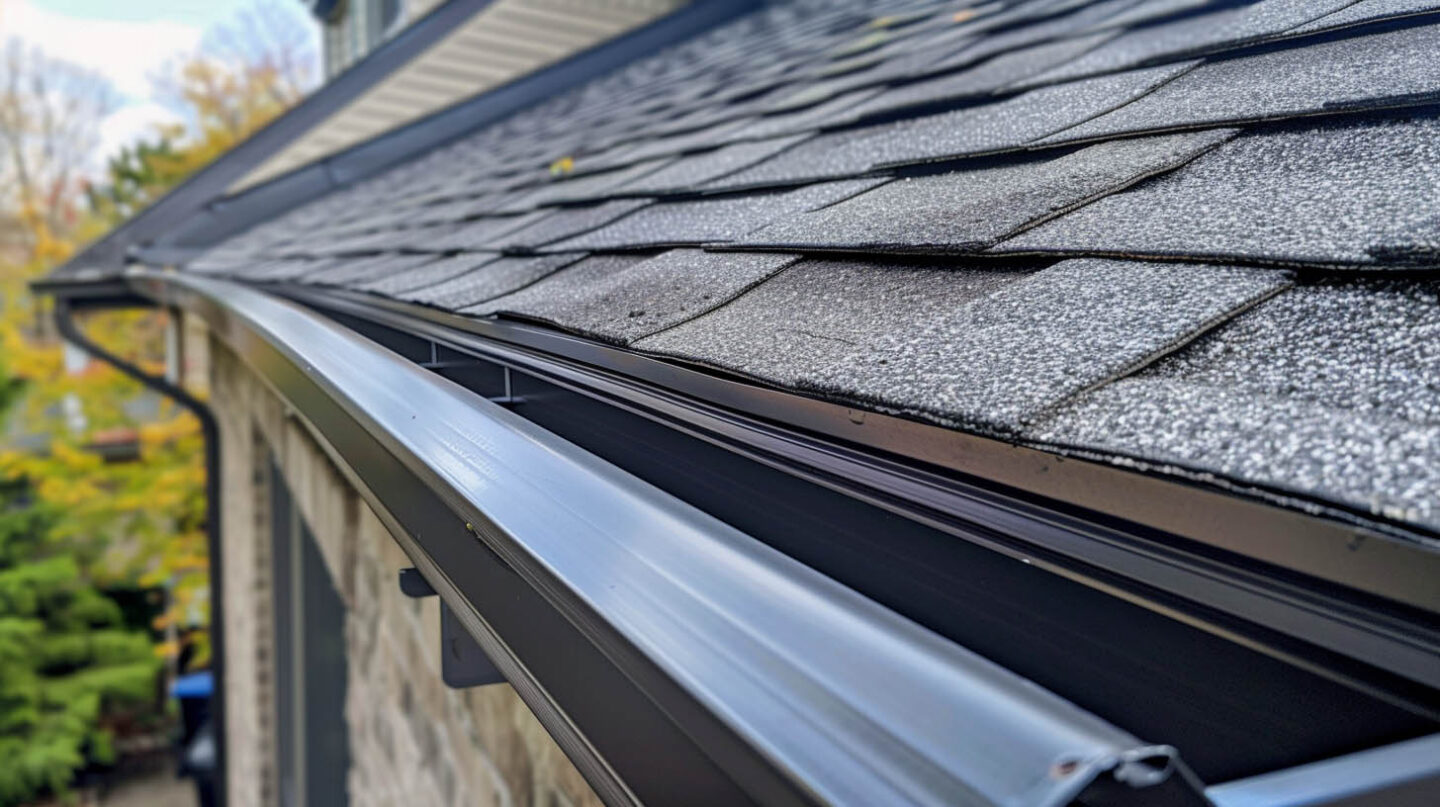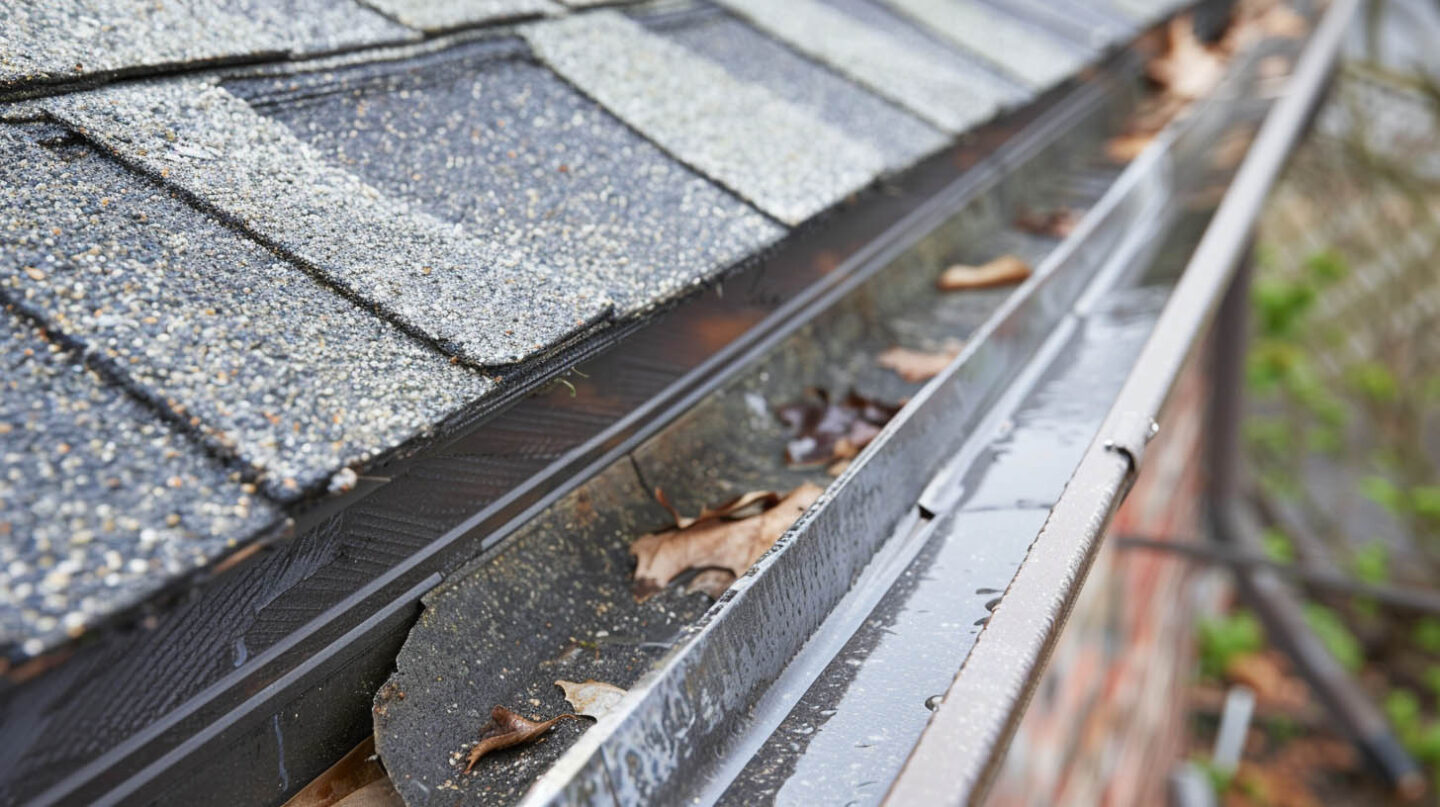Have you ever worried about hidden water leaks causing damage to your home? Many homeowners in Cary, NC, focus on their main roof but overlook small, critical details, including the various types of flashing. At The Shingle Master, we understand the importance of these details. The places where your roof meets a wall are highly vulnerable to water damage, but simple components like proper roof flashing can make all the difference. Our team is dedicated to helping you understand how kickout flashing, gutters, and siding work together to protect your home from moisture, rot, and expensive repairs. Let us help you safeguard your investment with our expert services.
Understanding Kickout Flashing and Gutter Aprons
Kickout flashing and gutter aprons may sound like technical jargon, but they are your home’s unsung heroes in the fight against water damage. These specially designed pieces of continuous flashing serve a simple but vital purpose: to manage water at the most vulnerable points of your roof.
Think of them as a crucial part of your home’s drainage system, working with your drip edge and gutters to ensure every drop of rainwater goes where it’s supposed to—away from your walls and foundation. Let’s look at what each component does.
What Is Kickout Flashing?
Kickout flashing is a crucial component designed to direct water away from roof-to-wall intersections during new construction, preventing it from seeping behind siding. By ensuring proper drainage, kickout flashing plays an essential role in safeguarding the structural integrity of your home against hidden leaks and water damage.

How Gutter Aprons Work Alongside Flashing
Gutter aprons play a crucial role in channeling rainwater away from roof-wall intersections, effectively complementing the function of kickout flashing. Positioned at the eave, these aprons create a seamless flow of water, directing it into the gutter system and preventing overshooting water runoff, especially above the first row of shingles. This strategic arrangement minimizes moisture intrusion at vulnerable wall junctions, protecting against mold growth and siding rot. Together, gutter aprons and flashing serve as an essential barrier, enhancing the durability of roofing systems while adhering to international residential code standards.
Why Are Roof-to-Wall Intersections Prone?
Roof-to-wall intersections are vulnerable to hidden leaks due to improper sealing, inadequate flashing, and the natural flow of water. These areas often collect moisture, leading to deterioration behind walls and siding, which can cause significant structural damage if not addressed promptly.
Common Problems Caused by Missing Kickout Flashing
The absence of kickout flashing leads to critical vulnerabilities at roof-to-wall junctions. Without this essential piece of flashing, rainwater is not effectively diverted away from vertical surfaces, allowing direct water intrusion that can cause significant structural issues. , particularly relating to framing. Over time, moisture accumulates, leading to mold growth, rot, and degradation of siding materials, including vinyl and fiber cement. Home inspectors often highlight these risks, emphasizing that the improper management of water runoff can escalate repair costs and compromise the integrity of the entire wall assembly.

How Water Damage Develops Behind Siding and Walls
Moisture can infiltrate behind siding and walls through various vulnerabilities, often exacerbated by missing kickout flashing or improperly installed gutter aprons. Water runoff may flow along wall junctions, leading to water intrusion that remains hidden until significant damage occurs. This trapped moisture fosters mold growth and can cause rot within the wall assembly, ultimately compromising the structural integrity. Understanding the flow of water in these areas is crucial for effective prevention and ensuring durable siding and cladding solutions in residential construction.
Proper Installation: Key Steps for Leak Prevention
Simply having kickout flashing isn’t enough—the installation must be perfect to ensure a watertight seal. A correctly installed system integrates the kickout diverter with the step flashing, house wrap, and siding to create multiple layers of protection. This process requires precision and an understanding of how water behaves.
As a GAF Master Elite Contractor, The Shingle Master team knows that following best practices is non-negotiable. Using the right materials, like durable metal flashing and high-quality roofing cement, and ensuring every layer overlaps correctly is key to preventing leaks for decades to come.
Installing Kickout Flashing at Roof-Wall Joints
A key aspect of preventing water intrusion involves the meticulous installation of kickout flashing at roof-wall joints. This piece of flashing serves as a crucial kickout diverter, redirecting rainwater away from vertical surfaces, thereby mitigating the risk of moisture buildup. Proper alignment is essential; it should extend a minimum of four inches beyond the structure’s edge to guide water runoff into the gutter system. Securing it with roofing cement ensures durability against the elements, ultimately safeguarding your home against leaks and potential water damage.

Adding Gutter Aprons for Complete Protection
Gutter aprons serve as an essential component in mitigating water runoff at roof edges, effectively channeling rainwater into gutters and away from vulnerable wall junctions. By directing the flow of water, these aprons act alongside kickout flashing, forming a robust barrier against moisture intrusion, which could lead to mold or rot. Proper installation of gutter aprons ensures that water is diverted efficiently from eaves and minimizes the risk of leaks developing behind cladding, protecting the integrity of the entire building assembly.
What’s Next
The importance of kickout flashing and gutter aprons in preventing hidden wall leaks cannot be overstated. Their proper installation serves as the first line of defense against water intrusion at roof-to-wall intersections. By effectively directing water runoff away from vulnerable areas, these components mitigate the risk of moisture-related damage, such as mold and rot within wall assemblies. As a GAF Master Elite Contractor, BBB A+, Haag Certified Inspector, and NC Licensed General Contractor, we ensure compliance with the international residential code and maintain these vital elements. These are essential steps for safeguarding your home from expensive repairs and water leaks.
Frequently Asked Questions
What is an example of a kickout flashing?
An example of kickout flashing is a metal or plastic strip installed at roof-wall intersections. It directs water away from the wall and into the gutter, preventing moisture intrusion and potential damage to siding and underlying structures. Effective installation is crucial for optimal performance.
Can you install kickout flashing on an existing roof?
Yes, you can retrofit kickout flashing on an existing roof. The installation involves carefully removing siding and some roofing materials at the roof-wall intersection to properly layer the new flashing underneath. It’s a crucial upgrade that serves as a first line of defense against future water damage.
Read our blog: Tear-Off vs Layover: Moisture, Weight, and Warranty Risks


